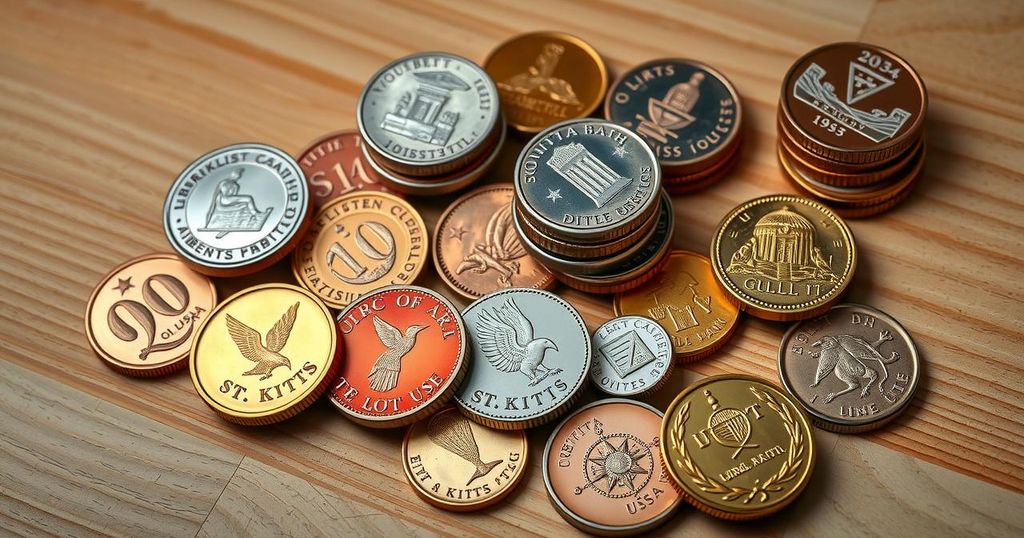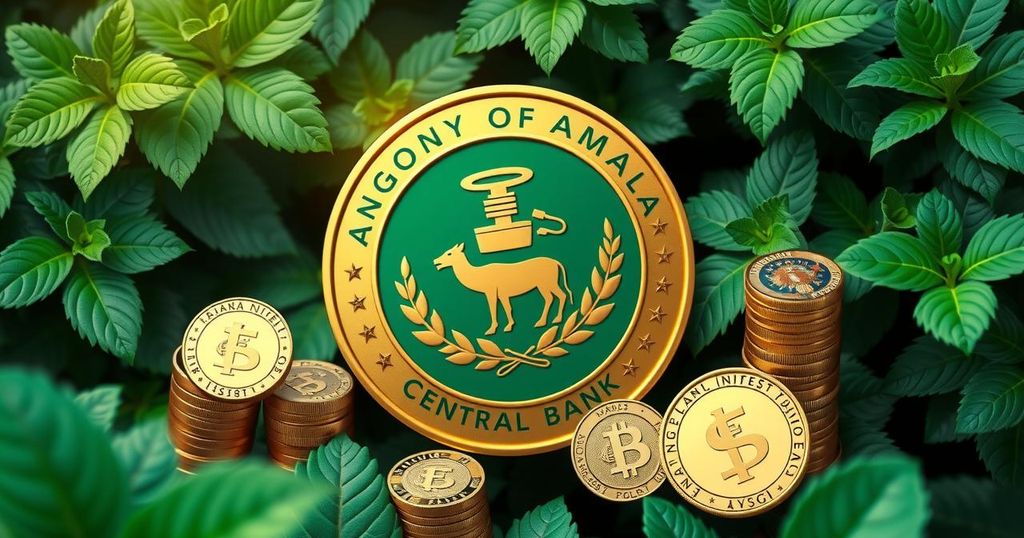USA’s Penny Debate Mirrors Coinage Trends in St. Kitts and Nevis
President Trump has instructed the cessation of penny minting due to high production costs surpassing its value. The penny remains in circulation because of political and practical reasons, despite abolishment attempts. In contrast, St. Kitts and Nevis has eliminated the one and two-cent coins, indicating similar economic concerns around small denominations. Shifts towards digital payments could follow any changes.
President Donald Trump has directed the U.S. Treasury to cease the minting of the penny, given that its production cost surpasses its assigned value of one cent. Despite attempts to eliminate it since the 1990s, the penny continues to be utilized, primarily due to its political popularity and practical challenges in its removal.
The persistence of the penny is attributed to various factors, including its function in enabling precise pricing. The abolition of the penny may lead to rounding prices, which could disconcert consumers concerned about potential price increases. Furthermore, certain groups benefit from the production and supply of pennies, further ensuring their continued circulation.
Concerns regarding cash transactions being rounded to the nearest five cents could arise if the penny were eliminated. Such a shift might propel a move towards digital transactions, which allow for exact amount processing without rounding concerns. Nonetheless, research indicates that the impact of such rounding on prices and inflation would likely be minimal.
In contrast, St. Kitts and Nevis has eliminated smaller denominations, with the 5-cent coin being the smallest legal tender. This coin measures 23.11 mm in diameter and weighs 1.74 grams, comprising aluminum. The Eastern Caribbean Central Bank (ECCB) opted to withdraw the one-cent and two-cent coins from circulation on July 1, 2015, due to their low purchasing power and high production costs. The reliance on smaller denominations appears to draw similar reflections in the practices of the United States.
Manufacturing of the coins occurs at the Royal Mint in London, implying that shipping costs contribute to the overall economic feasibility of producing such coins beyond their intended value.
The ongoing discussion regarding the penny emphasizes its cultural and practical significance despite the economic arguments against it. Although President Trump’s order highlights a shift towards reconsidering smaller denominations, similar trends can be observed in St. Kitts and Nevis with the elimination of lower-value coins. Both scenarios reflect broader discussions regarding currency efficiency, consumer preference, and the evolving landscape of payment methods.
Original Source: www.thestkittsnevisobserver.com




Post Comment